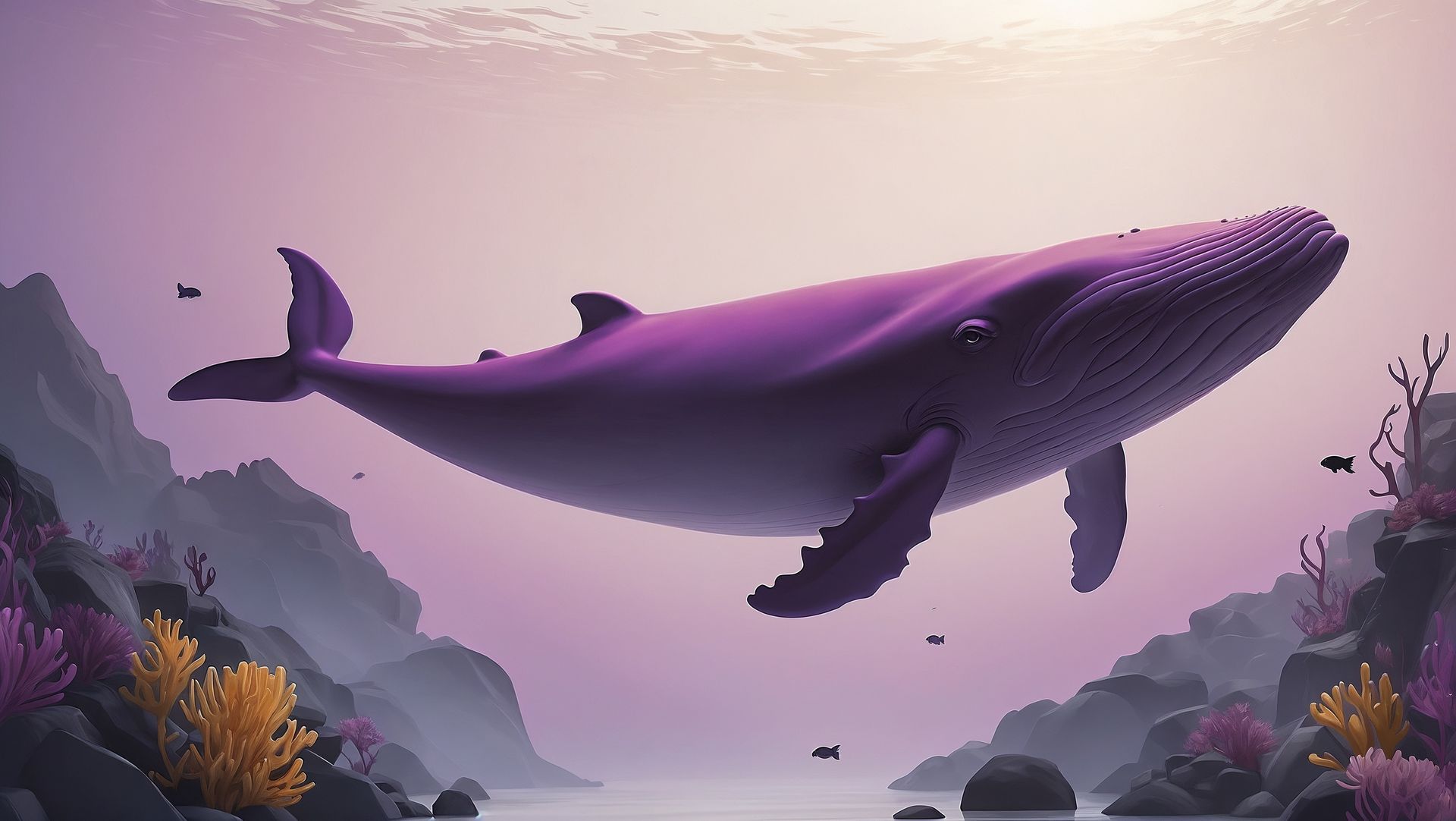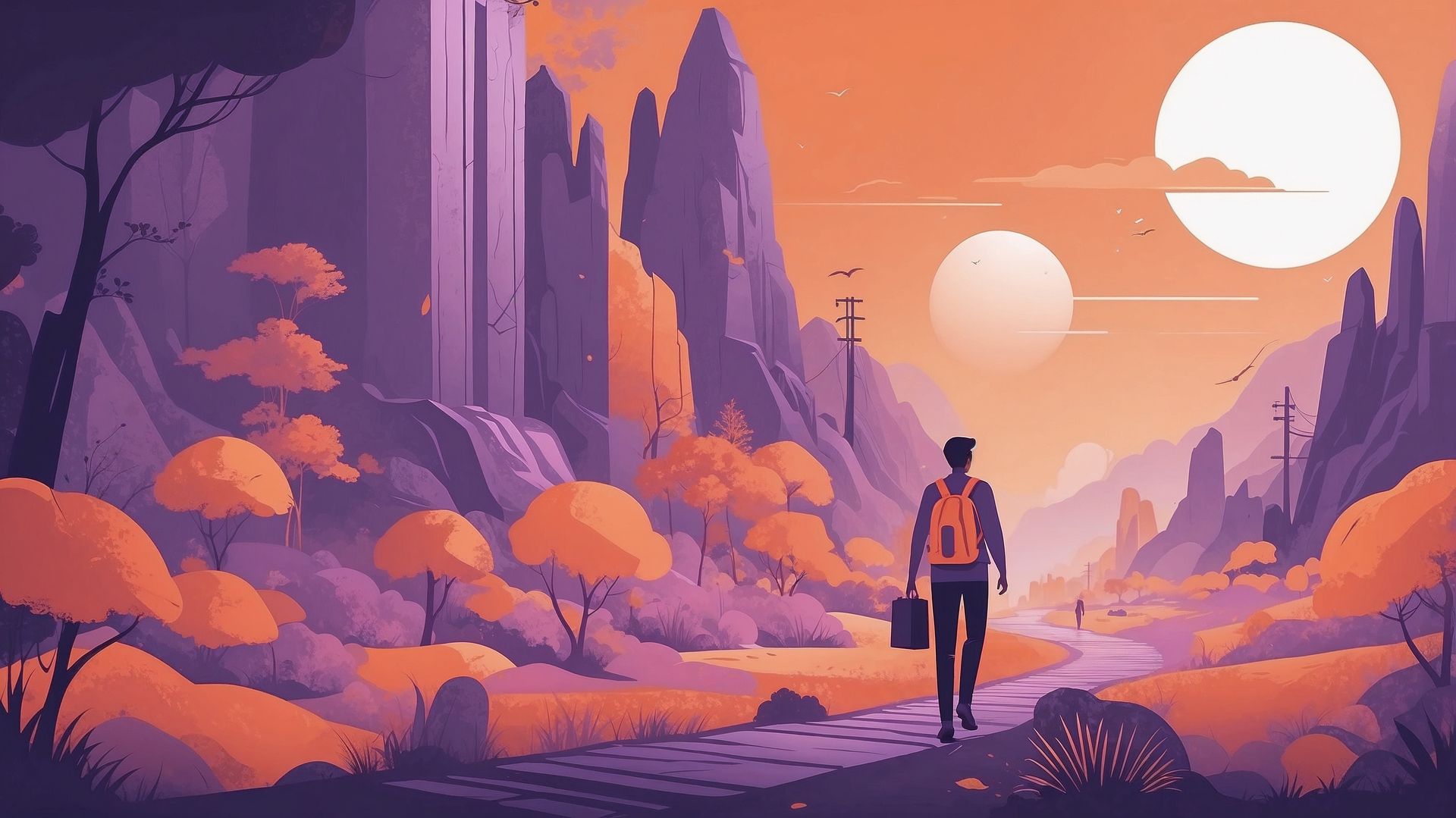The Hidden Magic Behind Your Netflix Binges
Unveiling Recommender Systems
Have you noticed how Netflix often suggests shows that match your interests, or how your LinkedIn feed seems tailored to your professional goals? These personalized experiences are powered by recommender systems, the algorithms working behind the scenes of many popular apps and websites.
What Are Recommender Systems?
Recommender systems are algorithms designed to predict user preferences and provide personalized suggestions. They analyze user behavior, preferences, and other data to predict what a user might like next. It's as if these platforms have a digital version of you, constantly considering what you might want to see or do.
These systems are integral to many platforms you likely use regularly:
- Netflix: Suggesting new series and movies
- Spotify: Creating personalized playlists
- Amazon: Recommending products
- LinkedIn: Curating job postings and connection suggestions
- YouTube: Queuing up relevant videos
How Do They Work? Understanding Arrays
Let's explore how these systems function using a simplified example. Imagine a large spreadsheet (known in computer science as an array) that looks like this:
This grid represents a basic version of how Netflix might store user ratings for shows. Each row represents a viewer, each column a show, and the numbers are ratings.
Here's one of the approaches of the recommender system:
- User Similarity: The system compares your row (let's say you're Alice) with other rows to find similar users.
- Prediction: If Alice hasn't watched "Bridgerton," but her ratings are similar to Bob's, and Bob liked "Bridgerton," the system might suggest it to Alice.
- Calculations: Using mathematical methods like cosine similarity, the system calculates user similarities and predicts ratings for unwatched shows.
- Ranking: After these calculations, Netflix ranks and presents shows it predicts you'll enjoy most.
Why It Matters
Understanding recommender systems provides insight into the data processing behind your daily digital experiences. These systems aim to make your online interactions more relevant and enjoyable.The next time you find a show on Netflix that suits your taste or a relevant job listing on LinkedIn, you'll have a better understanding of the recommender systems at work.



